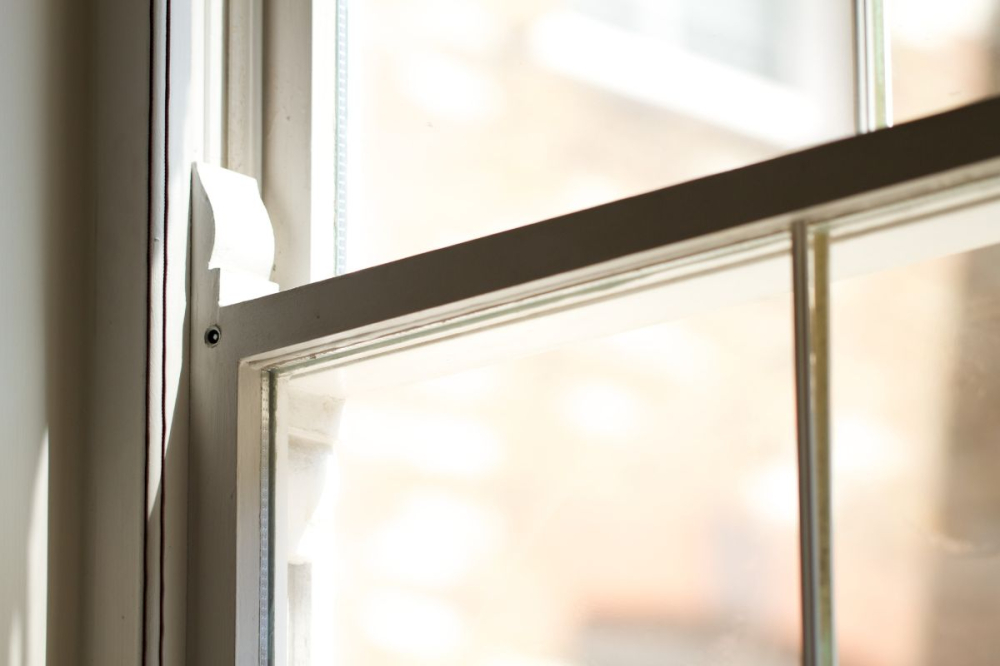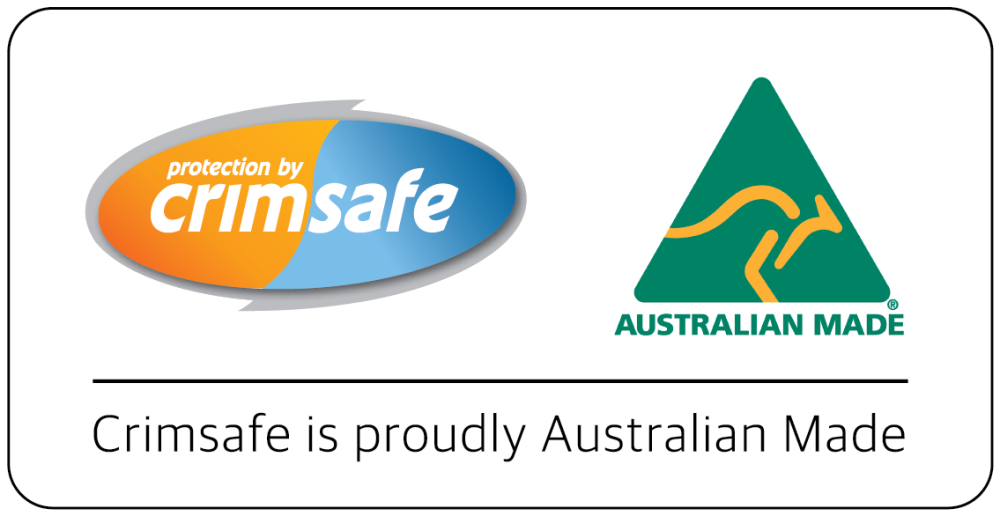So what is tempered glass? Tempered glass is a type of safety glass made stronger and safer through a special heat treatment process. It is widely used in homes, buildings, vehicles, and electronics because it reduces the risk of serious injury when it breaks.
Why Tempered Glass is Considered Safety Glass
Tempered glass is often referred to as toughened glass or tempered safety glass. The main reason for this is the way it breaks. Regular glass breaks into large, sharp shards, presenting a high risk of serious injury. Tempered glass shatters into small granular chunks instead of jagged shards. These small pieces reduce the risk of deep cuts and make it safer in high-traffic areas or places where safety is a top priority.
Because of this property, building codes often require tempered safety glass for doors, windows, shower doors, and other high-risk areas. Safety standards worldwide recognise tempered glass as a safer option compared to annealed glass.
Where Tempered Glass is Commonly Used
You will find tempered glass in many parts of daily life:
- Shower doors and bathroom screens: It protects against injury in wet and slippery areas.
- Windows and doors: Especially in high-traffic areas or where forced entry poses a security risk.
- Buildings and facades: For safety and compliance with building codes.
- Vehicles: Side and rear windows use tempered glass to protect passengers.
- Electronics: Many phone screen protectors are made from tempered glass.
- Kitchen appliances: Stove tops, oven doors, and shelving often rely on its thermal resistance.
Tempered glass is chosen because it offers durability, safety, and protection where standard glass would pose too much risk.
The Limits of Tempered Glass
While tempered glass is strong, it is not unbreakable. When it does break, it shatters completely into small pieces. This is by design and is part of the safety function, but it means the glass cannot remain in place once it is broken.
Another limitation is edge strength. The glass surface is rigid, but the edges are more vulnerable. Minor nicks or scratches along the glass edges can weaken the structure and lead to breakage. That is why installers take care to handle tempered glass correctly during the manufacturing process and installation.
For added resilience, some homeowners choose security window film, which strengthens glass surfaces and reduces shatter risks.
Tempered Glass vs Other Types of Glass
It helps to compare tempered glass to other common types:
Annealed glass: Standard glass with no heat treatment. Easy to cut, but breaks into large, sharp shards.
Tempered glass: Heat-treated, stronger, and breaks into small granular chunks. Safer in many applications.
Laminated glass: Two layers of glass bonded with a plastic interlayer. Holds together on impact and is often used in windshields.
Each type of glass has strengths and weaknesses. Choosing the right glass depends on your application, safety standards, and building codes.
Risks and Considerations
While tempered glass is safe, it does come with some risks. Spontaneous breakage is rare but possible. Small imperfections, such as nickel sulphide inclusions, can cause tempered glass to spontaneously break even without impact.
Another consideration is that tempered glass, once broken, loses all of its structure at once. If a door panel of tempered glass breaks, the entire panel shatters into small pieces. This is safer than large shards but still leaves an open space that needs replacement.
Because of these risks, manufacturers and builders follow strict safety standards during the manufacturing process, installation, and inspection. Choosing tempered glass from trusted suppliers helps reduce any issues.
When to Choose Tempered Glass
You should choose tempered glass when:
- Building codes require safety glass in specific areas.
- You want added protection against sharp shards.
- The glass will face high temperatures or rapid cooling.
- The installation is in a high-traffic area.
- The risk of serious injury from broken glass is high.
If you need glass that can be cut on-site or offers extra security against breakage, laminated glass might be the right choice instead. For basic use in low-risk areas, annealed glass remains an option, but it carries higher risks if it breaks.
Reach out to Clearview Security to Complement Your Security Doors and Windows
Tempered glass is a strong, safe, and widely used type of glass that reduces risks in homes, buildings, and public spaces. It is stronger than standard glass, resists high temperatures, and breaks into small granular chunks instead of sharp shards.
While you cannot cut tempered glass after production, its safety benefits outweigh the limitations.
If you are looking to improve your home’s security, Clearview Security can help. While we don’t supply tempered glass, we complement your tempered glass windows and doors with Crimsafe technology that protects against forced entry and adds an extra layer of safety. Contact our team today to learn how we can help secure your home.
Frequently Asked Questions
Is Tempered Glass Strong?
Yes. Tempered glass is up to four to five times stronger than standard glass of the same thickness. The heat treatment process enhances the surface’s resistance to scratches, impacts, and thermal shock.
Thermal shock resistance is one of the key advantages. While regular glass breaks under sudden changes in temperature, tempered glass can withstand high temperatures and rapid cooling. That is why it is used in stove tops, oven doors, and some types of reinforced glass in industrial settings.
In high-traffic buildings, tempered glass provides added durability against minor scratches and everyday wear. It resists breakage better than standard glass, making it the proper glass for doors, windows, and public spaces where safety is essential.
Can You Cut Tempered Glass?
You cannot cut tempered glass once it has been through the heat treatment process. Trying to cut tempered glass will cause it to shatter into small, granular pieces. All cutting, shaping, and drilling must be done before the tempering process.
If you need a different size or shape after tempering, you will need new glass manufactured. This is a key difference compared to regular glass, which can be cut or drilled at any time.
If you have an application where the glass needs to be adjusted on-site, laminated glass or annealed glass may be a better choice. Laminated glass consists of two sheets of glass with a plastic layer between them, which holds them together even when broken. This makes it useful for areas with high security requirements.




